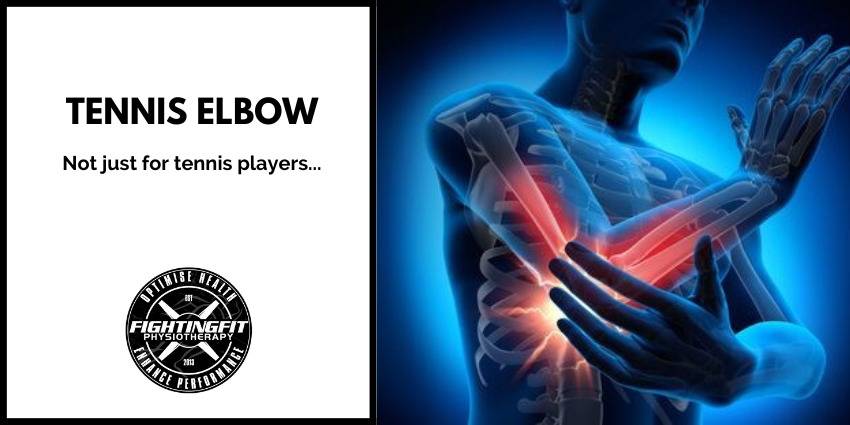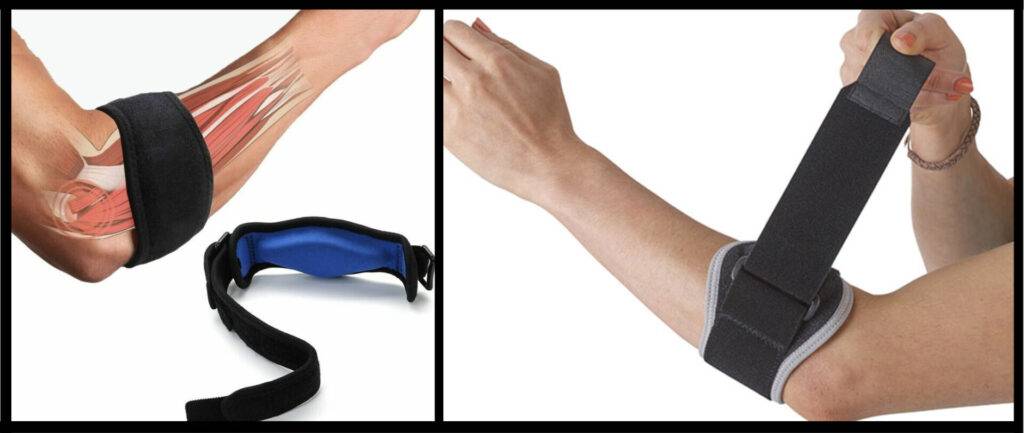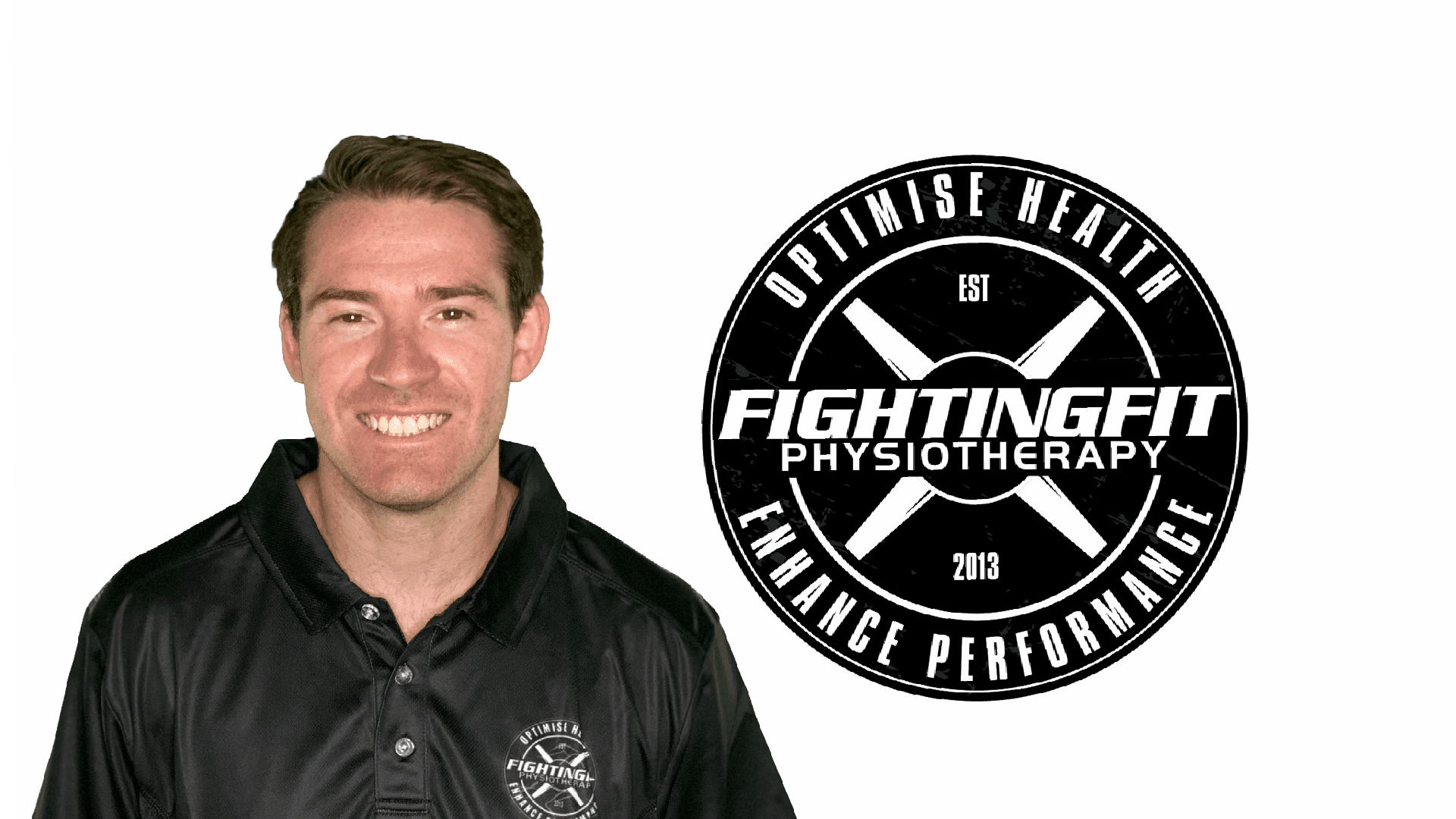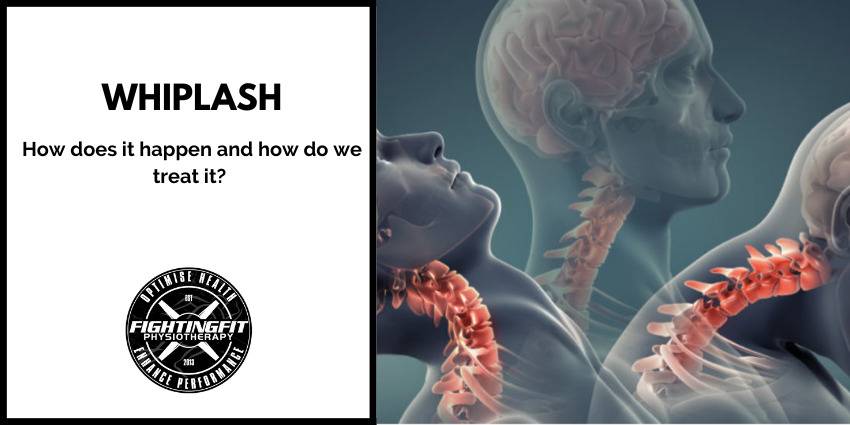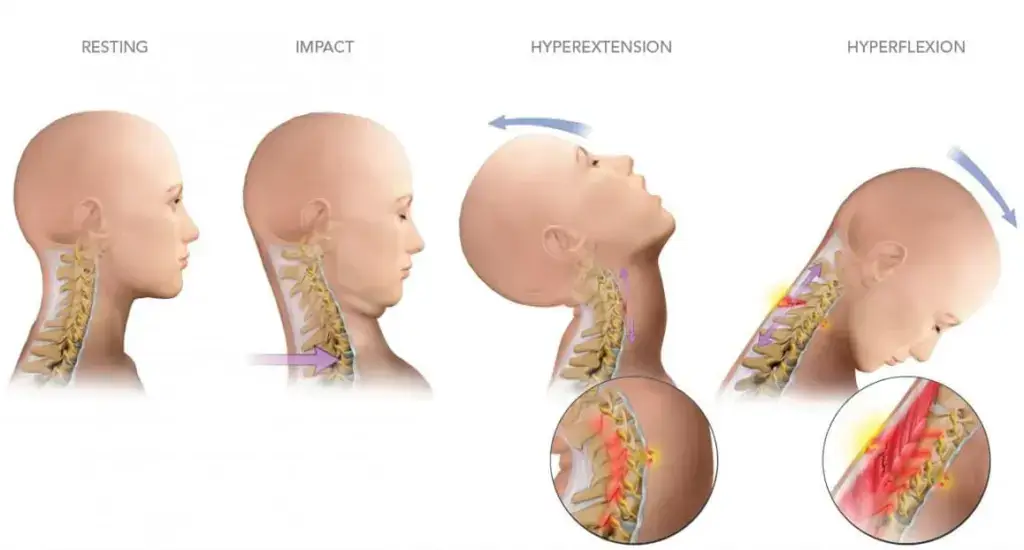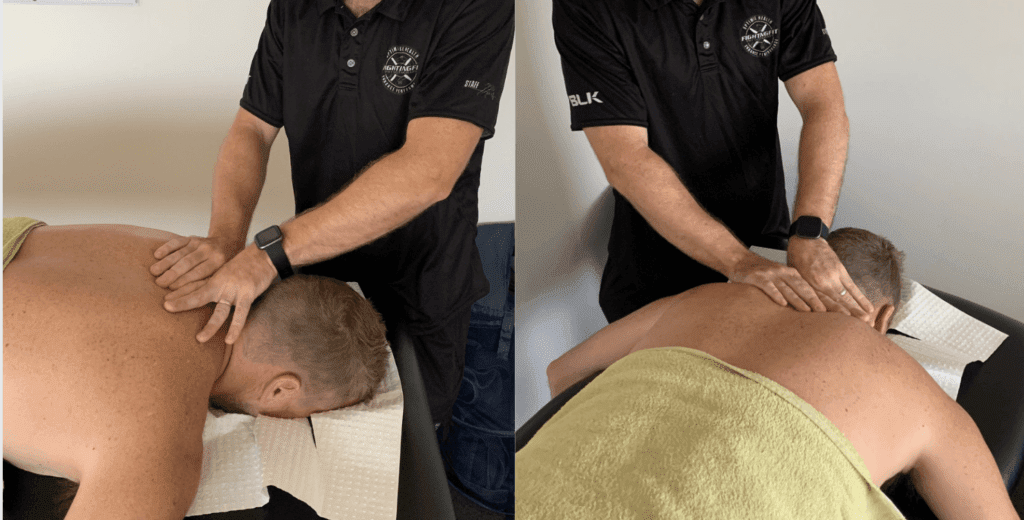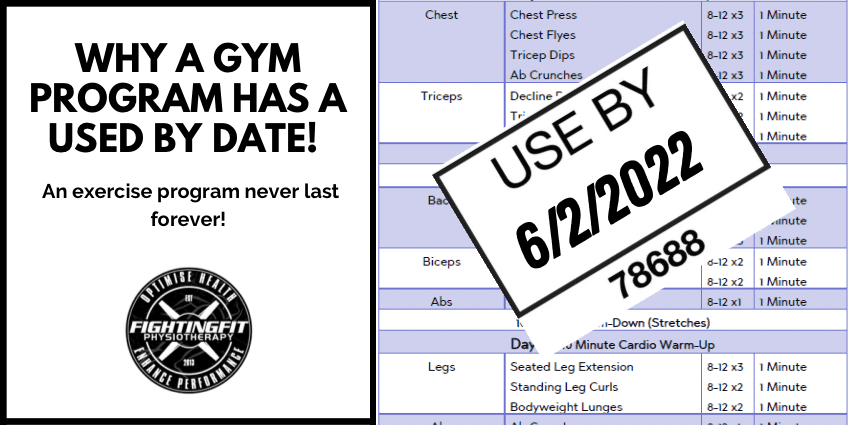Warming Up For Field-Based Sports!
The Vital Role of Warm-Ups in Field-Based Sports: Injury Prevention and Performance Enhancement

Ever injured yourself early in training or soon after kick off?
Welcome to our blog, where we delve into the crucial topic of warm-ups in field-based sports and the impact they have on injury prevention and performance.
As a physiotherapist I am passionate about maximising athletic performance and preventing injuries. I cannot emphasise enough the significance of a proper warm-up routine before engaging in any physical activity, especially in the dynamic and demanding environment of field-based sports.

Why do Warm-Ups Matter?
We can break this down into three important components.
Injury Prevention
- One of the primary purposes of a warm-up is to prepare the body both physically and mentally for the upcoming demands of your chosen sport or activity.
Engaging in a thorough warm-up gradually increases blood flow to the muscles, enhances joint flexibility, and primes the nervous system, reducing the risk of strains, sprains, and other injuries that commonly occur in field-based sports.
Enhanced Performance
- Beyond injury prevention, a well-executed warm-up can significantly enhance athletic performance.
By increasing muscle temperature and improving neuromuscular function, athletes can expect better speed, agility, and overall efficiency in movement, leading to improved on-field performance.
Mental Preparation
- Warm-ups also play a crucial role in mentally preparing athletes for the challenges ahead.
Through specific exercises and routines, athletes can focus their attention, visualise success, and build confidence, essential elements for peak performance.

What are the consequences of Skipping a Warm-Up:
Now, let’s consider what could happen if an athlete neglects or rushes through their warm-up routine and flip the above to see what happens if you don’t warm up or warm up well!
Increased Injury Risk
- Without adequate preparation, muscles, tendons, and ligaments are more susceptible to strains, tears, and other soft tissue injuries.
A cold, stiff body is ill-prepared to handle the sudden stresses and demands of field-based sports, leading to a higher risk of injury.
Impaired Performance
- Skipping a warm-up can compromise performance by limiting range of motion, reducing muscle activation, and impairing coordination and reaction time.
Athletes may feel sluggish, uncoordinated, and unable to perform at their best, ultimately impacting your’s and the team’s performance.
Mental Disadvantage
- In addition to the physical consequences, neglecting a warm-up can also have psychological effects.
Athletes may feel unprepared, anxious, or lacking in confidence, hindering their ability to focus and execute skills effectively on the field.

So now you might ask, how do I effectively warm-up for sport?
Great question! Read on to find out.
General Cardiovascular Warm-Up
- Begin with 5-10 minutes of light cardiovascular exercise such as jogging, cycling, or skipping.
This increases heart rate, raises core body temperature, and initiates blood flow to working muscles.
Dynamic Stretching
- Follow up with dynamic stretches targeting major muscle groups involved in the sport.
Dynamic stretching involves controlled movements through a full range of motion and can include exercises like leg swings, arm circles, walking lunges, and high knees.
Static stretches provide little to no improvement in performance or injury prevention, so stop wasting your time!
Neuromuscular Activation
- Include exercises to activate key muscles and improve neuromuscular control.
This can involve balance exercises, resistance band work, ballistic or plyometrics, and proprioceptive drills to enhance stability and coordination.
We have a saying “Activate or Detonate!” which rings true when you miss switching on prior to competition.
Sport-Specific Movements
- Incorporating sport-specific movements and drills into the warm-up routine is very important for both physical and mental preparation.
For example, soccer players can include dribbling drills and passing exercises, while rugby players may focus on agility drills and tackling technique.
This primes both body and brain for competition!
Progressive Intensity
- Make sure you gradually increase the intensity of the warm-up to mimic the demands of the sport.
Start slow, the build up to faster bursts of speed, changes of direction, and sport-specific skills to prepare the body for the rigors of competition.

In conclusion, a proper warm-up is a fundamental component of any field-based sport, serving as a critical tool for injury prevention, performance enhancement, and mental preparation.
By dedicating time, 15-20mins prior to training and competition for a comprehensive warm-up routine, athletes can optimise their physical and mental readiness, setting the stage for success on the field.
Remember, investing in a thorough warm-up is not just time well-spent – it’s an essential step towards achieving your athletic goals and staying healthy and injury-free.
If you are dealing with an injury related to field based sports or you want to enhance your performance on the field and prevent injuries, reach out to us and we will make sure that you are Fighting Fit!
Dean is a registered Gold Coast Physiotherapist with undergraduate and postgraduate studies in Human Movement and Exercise Science. His background has developed his vision for Fighting Fit Physiotherapy to focus on optimal health and peak physical performance for every single patient. Utilising his many qualifications, in depth knowledge of the body and passion for exercise he can provide a holistic approach to your treatment and exercise prescription to get the best outcome.



